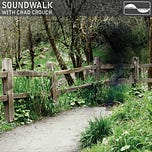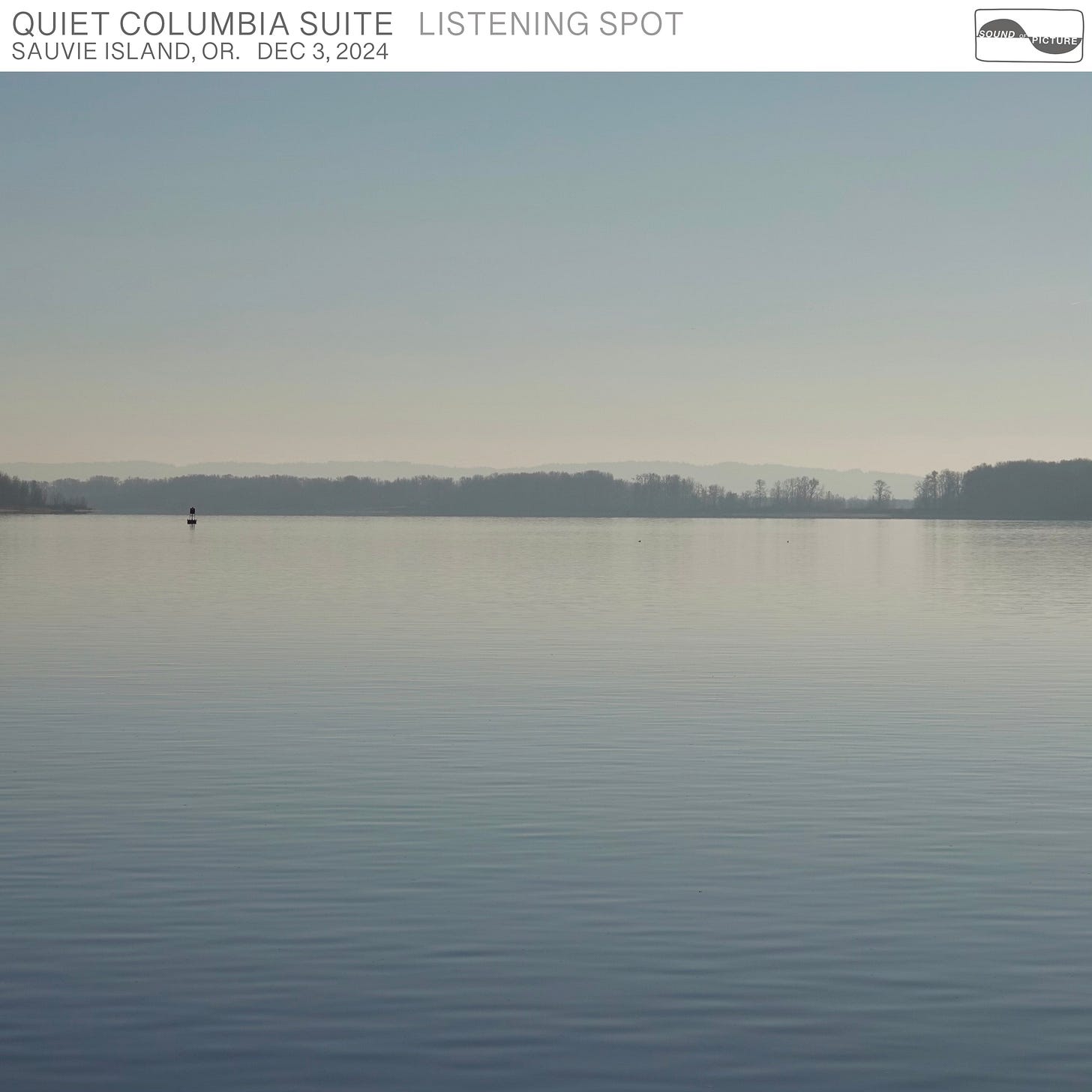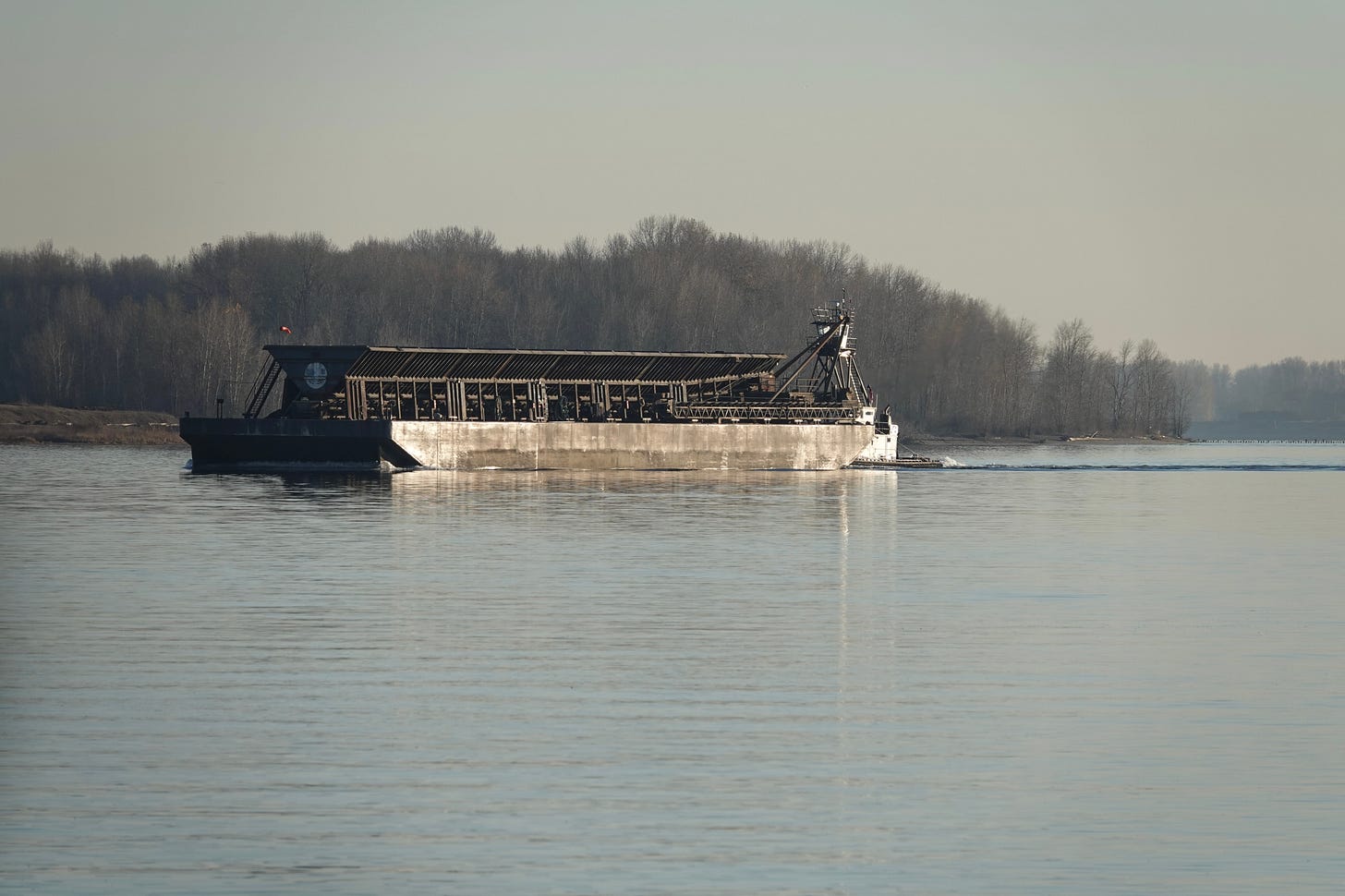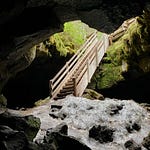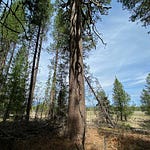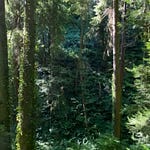The Columbia River basin is roughly the size of France. The Columbia is the fourth-largest river in the United States by flow, and the largest river emptying into the eastern Pacific Ocean. In the last 90 years, this mighty river has been mightily renovated. The multitude of dams (around 150) in the basin now represent 44% of all US hydro-electric power generation.
It all started in the 1930’s with the Bonneville Dam, a signature project of The New Deal. The Bonneville Power Administration (BPA) was created by Congress to market the power generated by the dam. The agency would grow over the years as more and more dams were built in the basin.
My father was hired by BPA around 1970 as an electrical engineer. Within a few short years his salary enabled him to purchase a new home for his young family of four, and a new Ford Mustang for his commute to work from the Portland suburbs.
As the 70’s drew to a close, my father began climbing a managerial ladder at BPA. Visiting his office was exciting for a kid. At one point it was located on the upper floors of the tallest building on Portland’s east side. The cars on the street looked like toys from up there. Elevator rides were a thrill. My sister and I would jump at the first sign its rapid ascent was slowing, elated by the hang time we felt.
In 1984 dad moved to a new office, in an even fancier building with a curved facade overlooking the freeway. I distinctly remember him telling me about a modern white noise system that was built in. It made the office seem quieter, he said, by adding sound; a special sound that made background noise less noticeable. Conversations in far-off cubicles couldn’t be heard. This puzzled me. It sounded like white noise was black magic. Adding sound, in my experience, was a surefire way to make something— someplace—louder.
What exactly he did at work in those years wasn’t obvious to me. His white collar job, in his white noise office wasn’t tangibly connected to the mechanics of hydro-power or the delivery of electricity into our homes in the Pacific Northwest.
Similarly, now a generation removed, my son is both uninterested and unimpressed by my vocation, which amounts to me spending a lot of time in my home office/studio with headphones on, plunking away on a midi keyboard, scrutinizing bands of orange-hued spectrogram stereo files, poking and prodding at them with a mouse in hand.
In the words of Woody Guthrie—who was hired by BPA in 1941 to ennoble the burgeoning hydro-electric empire in song—the Columbia rolls on.
It rolls on four miles north of our home. Electrons arriving in wires from turbines at Bonneville Dam are converted to LCD light and computational power right here in front of me, enabling, in part, the wonderfully complicated but seemingly straightforward task of drafting this post. It rolls on and I take it for granted. Air conditioning requires a great deal many more electrons, which I’m also currently enjoying, with little thought given to it.
While the hydroelectric empire of the Columbia has given the region abundant renewable electricity and supplied it with water to irrigate arid landscapes, it has done so at the cost a once great salmon fishery.
Here BPA would say, no it wasn’t us. We’ve helped Salmon. We’ve spent billions. Look at all our hatcheries and fish ladders. We even transport fish in trucks around our dams. It was the fishermen and canneries who depleted the fishery before the dams were built. On that score, they wouldn’t be entirely mistaken. The early 1900’s Columbia commercial fishery knew no bounds, and within half a century it brought about its own demise. But to say that salmon and dams can get along hunky-dory, well, that’s increasingly hard to fathom.
Less than a year ago, three hundred miles to the south, a campaign of dam removals was concluded on the Klamath River. The basin is still far from its pre-Euro-American state, but it was is a big move for restoration of salmon spawning habitat in the upper Klamath. Within days of the last dam removal, fall run Chinook were observed upriver for the first time in a century. Years from now perhaps stakeholders will look to the Klamath for answers about what to do about the aging infrastructure on the Columbia.
Celilo Falls and the Cascades of the Columbia, once roaring, are but memories of a mighty river that ran wild nearly a century ago. Submerged by slackwater pools, today’s river soundscape is now formed by the wakes created by cargo ships and barges that ply its lower reaches.
This recording is essentially a slice of time on a mild December day in 2024 between two such vessels. Centered on a reach of river absent of shoreline highways, it harkens back to a quieter time. It captures the sound of a great expanse; miles in all directions.
Accordingly, the musical composition and arrangement are imbued with harmonic complexity that I don’t usually reach for: 7th suspended 4th chords, add-9th chords. Delivered in slow, overlapping succession, these unsettled voicings follow each other rhythmically, like waves tumbling ashore.
Small animals scuttle through the brush on the shore while gulls and Bald Eagles cry in the middle distance. Common Mergansers call to each other upriver. Whorls of water formed by the current hint at the great power that lies beneath the placid surface.
Roll on Columbia, roll on…
Thanks for reading and listening, friend. Quiet Columbia Suite is available under the artist name Listening Spot on all streaming platforms today Friday, July 18th.
Listen to this episode with a 7-day free trial
Subscribe to Soundwalk to listen to this post and get 7 days of free access to the full post archives.

